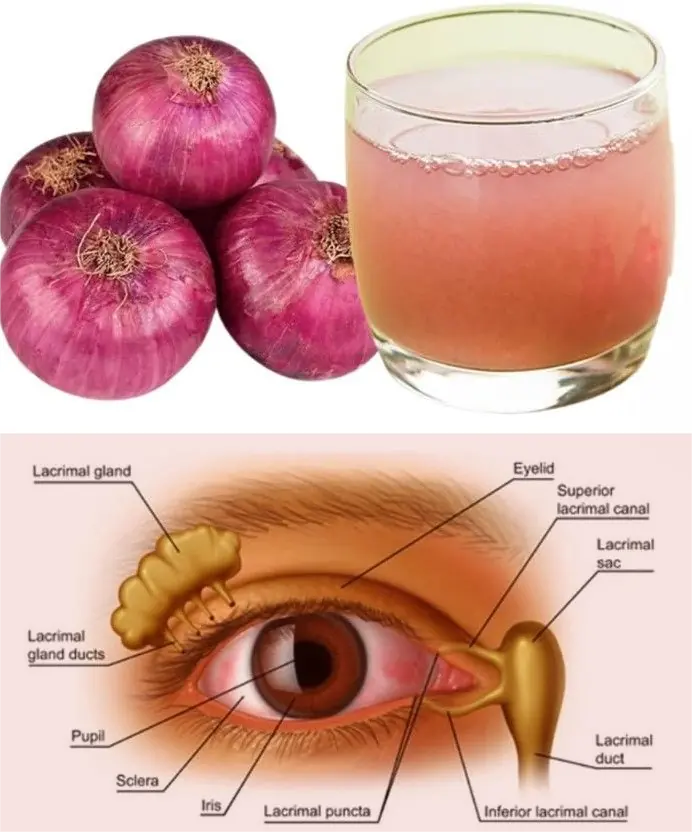
What Your Feet Can Reveal About Your Blood Pressure, Thyroid, and Arthritis Risk
What Your Feet Can Reveal About Your Blood Pressure, Thyroid, and Arthritis Risk
Most people don’t realize that their feet can tell them far more than just how far they’ve walked in a day. In fact, your feet can provide valuable clues about your overall health — from blood circulation and thyroid function to arthritis and diabetes risk.
There’s even an entire therapy based on this principle called reflexology, which views the feet as a mirror of the body’s organs and systems. Whether or not you practice reflexology, one thing is clear: poor foot health often reflects deeper internal imbalances.
So next time you kick off your shoes, take a closer look at your feet — they might be sending you important signals about your body’s wellbeing.

1. Cold Feet
If your feet constantly feel icy — even when the rest of your body feels warm — it could point to a thyroid problem.
The thyroid gland regulates both metabolism and body temperature, so an underactive thyroid (hypothyroidism) can lead to temperature fluctuations and persistently cold extremities.
Cold feet can also indicate poor blood circulation, which may stem from high blood pressure, peripheral artery disease, or even smoking. If your feet are always cold and pale, it’s best to discuss it with your doctor to rule out circulatory issues.
2. Numb or Tingling Feet
Most of us have experienced that “pins and needles” feeling when our feet fall asleep. But if the tingling or numbness happens frequently or lasts for hours, it may signal peripheral neuropathy — a type of nerve damage.
This condition is often linked to diabetes, excessive alcohol use, or certain medications. Chronic numbness can reduce sensation, increasing the risk of unnoticed injuries and infections. Because neuropathy can worsen over time, it’s crucial to get checked early by a healthcare professional.
3. Red, White, or Blue Toes
If your toes change color — turning red, white, or bluish — it could be more than a cosmetic concern. This symptom may indicate Raynaud’s disease, a rare disorder where small blood vessels in your fingers and toes overreact to cold or stress, causing color changes and numbness.
In some cases, these color shifts can also suggest poor circulation or vascular disease. If you notice recurring changes in toe color or temperature, consult your doctor to identify the cause.
4. Foot Cramps
Occasional cramps are normal, especially after exercise or dehydration. However, frequent or severe foot cramps could signal an electrolyte imbalance or nutritional deficiency — particularly low levels of potassium, calcium, or magnesium.
Try hydrating well, stretching your calves and feet before bedtime, and including more banana, spinach, avocado, or yogurt in your diet. If cramps persist despite lifestyle changes, consult your doctor to rule out circulation or nerve issues.
5. Dry, Scaly Skin
Some dryness on your feet is harmless, especially in cold weather. But excessively dry, flaky, or itchy skin may be a sign of Athlete’s foot, a common fungal infection.
This condition can start subtly but eventually causes peeling, inflammation, and blisters. You can treat mild cases with natural antifungals like tea tree oil or grapefruit seed extract (GSE), but persistent infections may require prescription medication.
Tip: Let your feet breathe whenever possible, and never go barefoot in public showers or locker rooms to prevent reinfection.
6. Thick, Yellow Toenails
If your toenails are thick, yellowish, or lifting away from the nail bed, you may have a fungal nail infection (onychomycosis).
These infections are more common in people with diabetes, rheumatoid arthritis, or immune disorders. Because they can spread and worsen over time, early treatment is key. Natural remedies like apple cider vinegar soaks can help mild infections, but severe cases may need antifungal medication from your doctor.
7. Pitted Toenails
Tiny dents or pits in the surface of your toenails are often caused by psoriasis, a chronic autoimmune skin condition that affects nail growth. In fact, about half of all people with psoriasis experience nail pitting.
If you notice changes like pitting, discoloration, or separation of the nail from the skin, consult a dermatologist. Early treatment can help manage symptoms and prevent joint complications (psoriatic arthritis).
8. Enlarged or Painful Big Toe
If your big toe suddenly swells, becomes painful, or looks red and shiny, it could be a sign of gout — a type of arthritis caused by a buildup of uric acid crystals in the joint.
Because uric acid tends to crystallize at lower temperatures, the big toe is often the first area affected. Gout attacks can be extremely painful and tend to recur if untreated.
To manage or prevent gout, limit red meat, alcohol, and sugary drinks, and drink plenty of water to help flush uric acid from the body.
9. Sore Toe Joints
If your toe joints ache frequently and feel warm or swollen, you could be developing rheumatoid arthritis (RA).
RA is an autoimmune condition that usually starts in smaller joints — such as the fingers and toes — before progressing to larger ones. Over time, it can cause joint deformities and pain that limits mobility.
Early diagnosis is crucial: treatment can help slow the disease and preserve joint function. If your toe pain is persistent and symmetrical (affecting both feet), ask your doctor for a rheumatoid arthritis screening.
10. Cuts or Sores That Don’t Heal
Unhealed sores or ulcers on your feet are a serious warning sign, especially if you have or are at risk for diabetes.
High blood sugar over time damages nerves (peripheral neuropathy) and reduces blood flow, making it harder for wounds to heal. Because nerve damage also reduces sensation, people may not feel small injuries — allowing infections to develop unnoticed.
If left untreated, such wounds can lead to severe infections and even amputation. Always inspect your feet regularly, and seek medical attention immediately for any wound that doesn’t heal within a few days.
11. Spoon-Shaped Toenails
Toenails that appear concave or “scooped out” (a condition known as koilonychia) may indicate iron-deficiency anemia.
If you notice this shape along with fatigue, dizziness, or pale skin, your iron levels could be low. Iron supplements and iron-rich foods like spinach, lentils, and red meat can help — but be sure to confirm with a blood test first.
12. Sharp Heel Pain
If you experience stabbing pain in your heel—especially first thing in the morning—it might be plantar fasciitis. This condition involves inflammation of the thick connective tissue (the plantar fascia) that links your heel bone to your toes.
Over 3 million Americans suffer from plantar fasciitis each year. It’s often caused by overuse, tight calf muscles, flat feet, or poor footwear.
To relieve the pain:
-
Rest and ice the affected heel regularly.
-
Stretch your calves and toes daily.
-
Wear cushioned, supportive shoes.
With proper care, most people see improvement within a few months.
The Bottom Line
Your feet are more than just the foundation of your body — they’re also a window into your overall health. From circulation problems and thyroid disorders to arthritis and diabetes, subtle changes in your feet can reveal conditions that need attention.
So, don’t ignore them! Make it a habit to inspect your feet regularly, moisturize daily, wear comfortable shoes, and seek medical advice when you notice persistent pain, discoloration, or unusual symptoms.
Your feet carry you through life — it’s only fair that you take good care of them in return.
News in the same category


Bed Bugs Hate This! How Diatomaceous Earth and Cloves Can Wipe Them Out
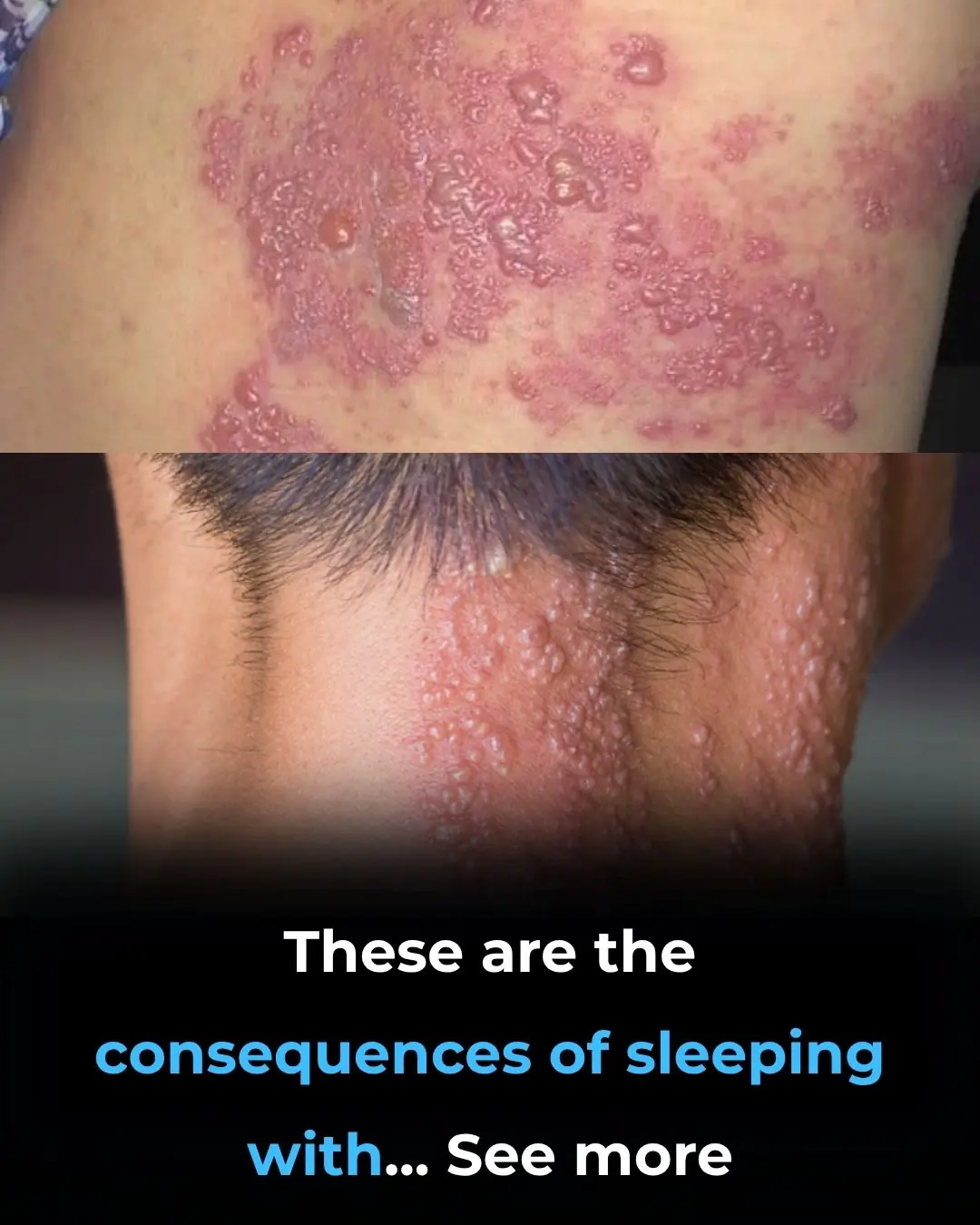
These are the consequences of sleeping with the…

5 Common Foods That Often Contain Parasites — Many People Eat Them Daily
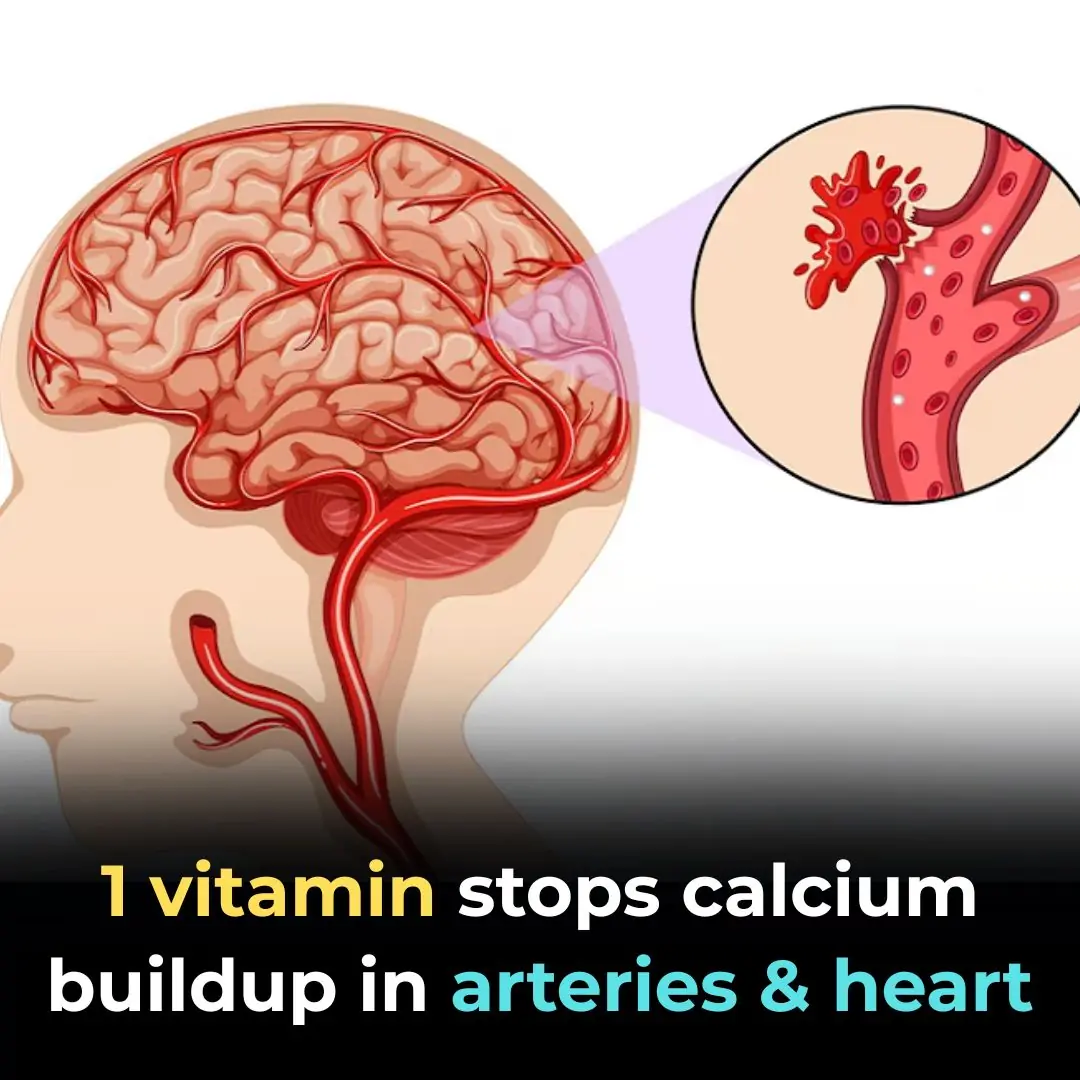
1 Vitamin Stops Calcium Buildup in Arteries and Heart

Why this doctor refuses to prescribe statins for high cholesterol

Vegetables for people with diabetes need to know
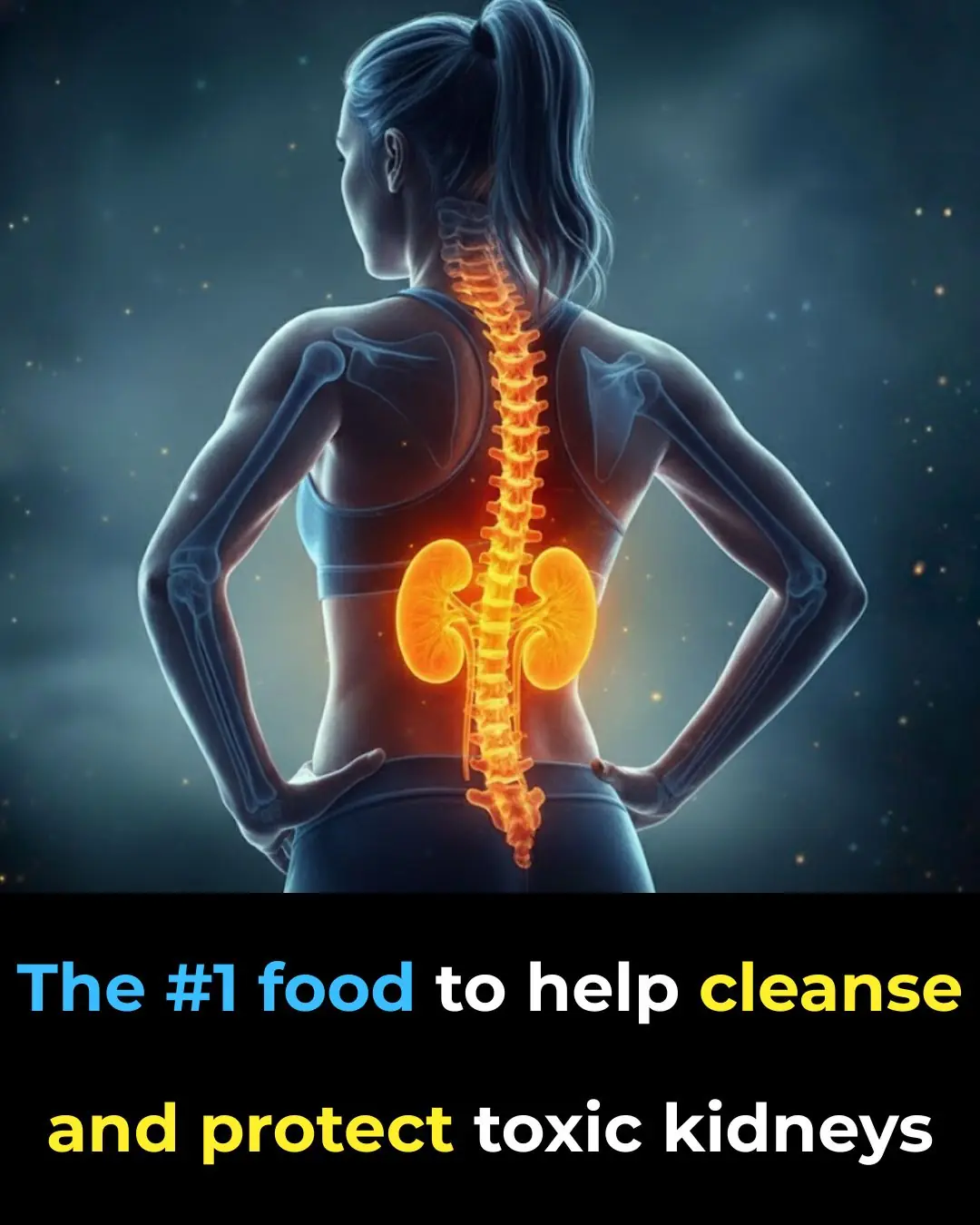
The #1 food for toxic kidneys

Top 3 Vitamins for Hip Arthritis – Say Goodbye to Hip Pain
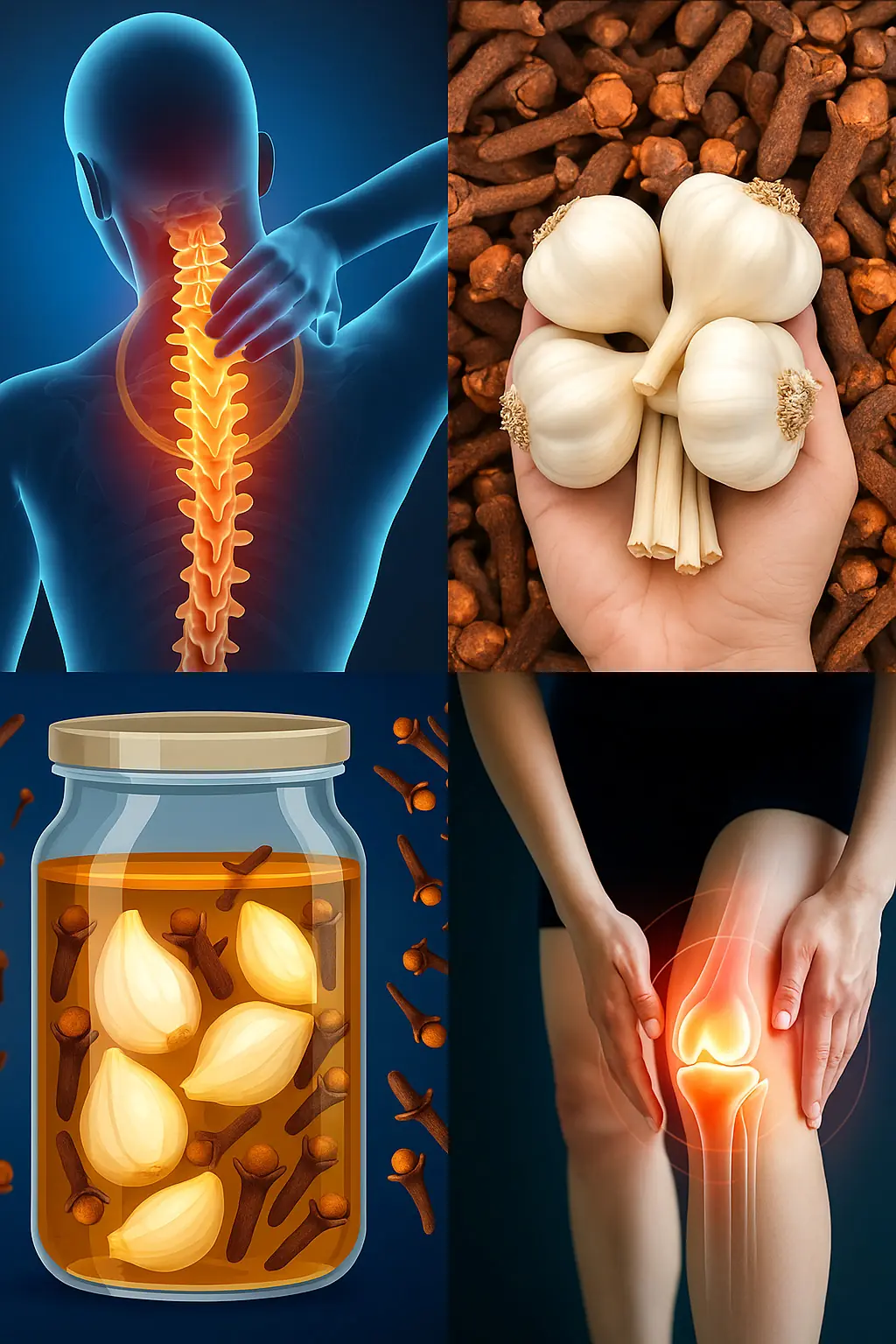
Garlic & Cloves: The Natural Remedy for Varicose Veins and Circulation

5 foods that heal your body and STARVE cancer—eat these now!
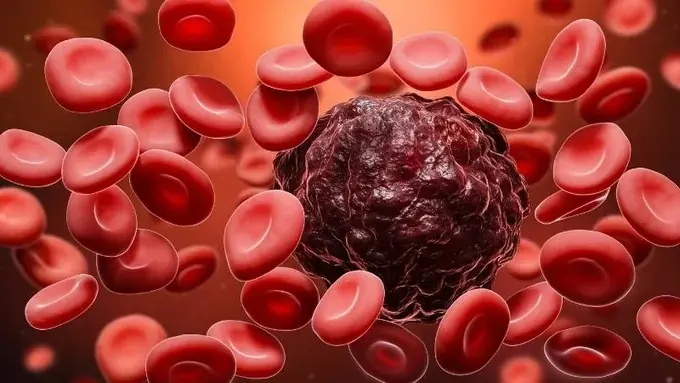
Diagnosed With Terminal Cancer That Spread to Her Brain, the Woman Broke Down in Tears After Learning the “Culprit” Came From Her Own Family

The Impressive Health Benefits of Guava Fruit and Leaves & How to Eat Guava (Evidence Based)
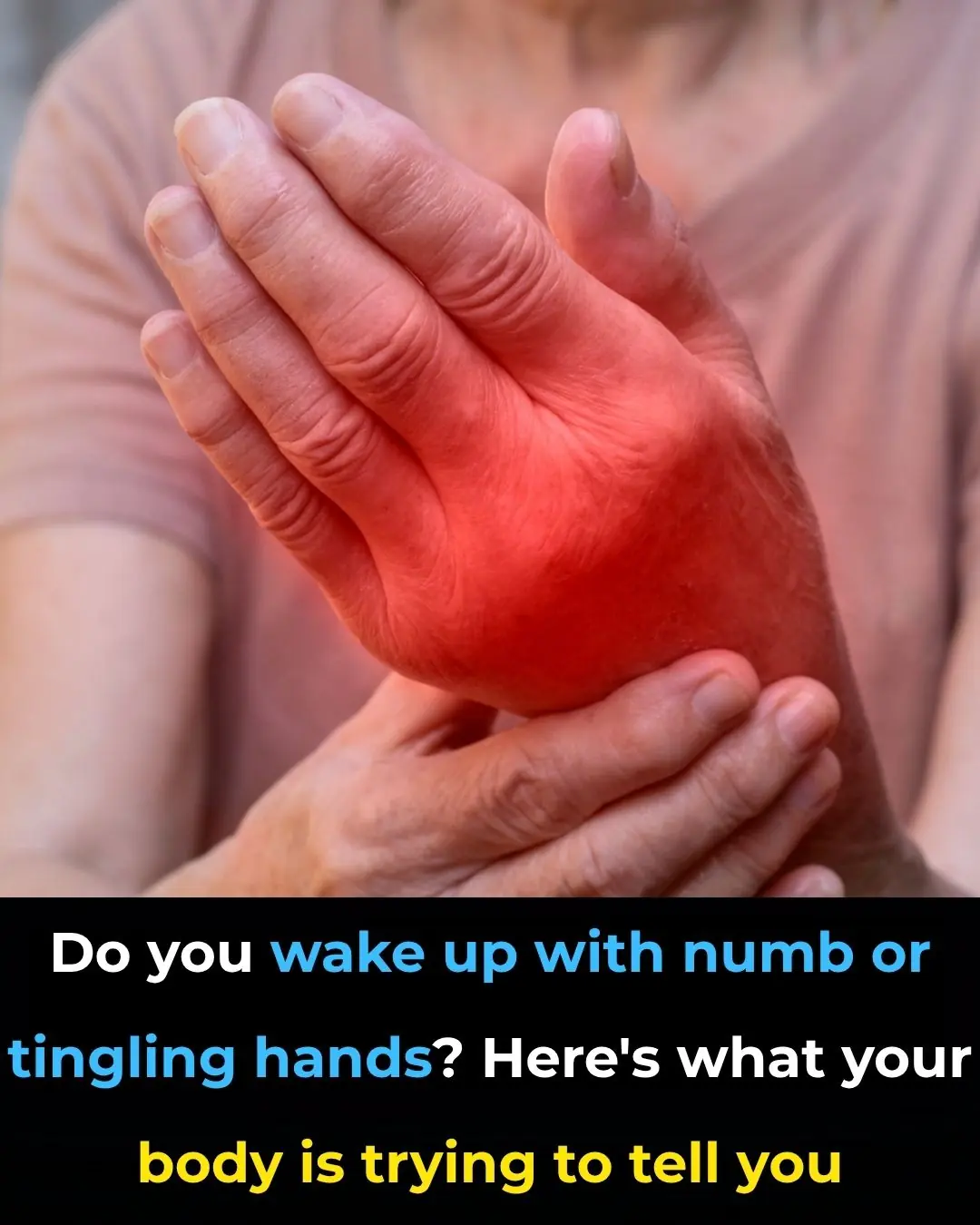
Do You Wake Up With Numb or Tingling Hands? Here's What Your Body Is Trying to Tell You
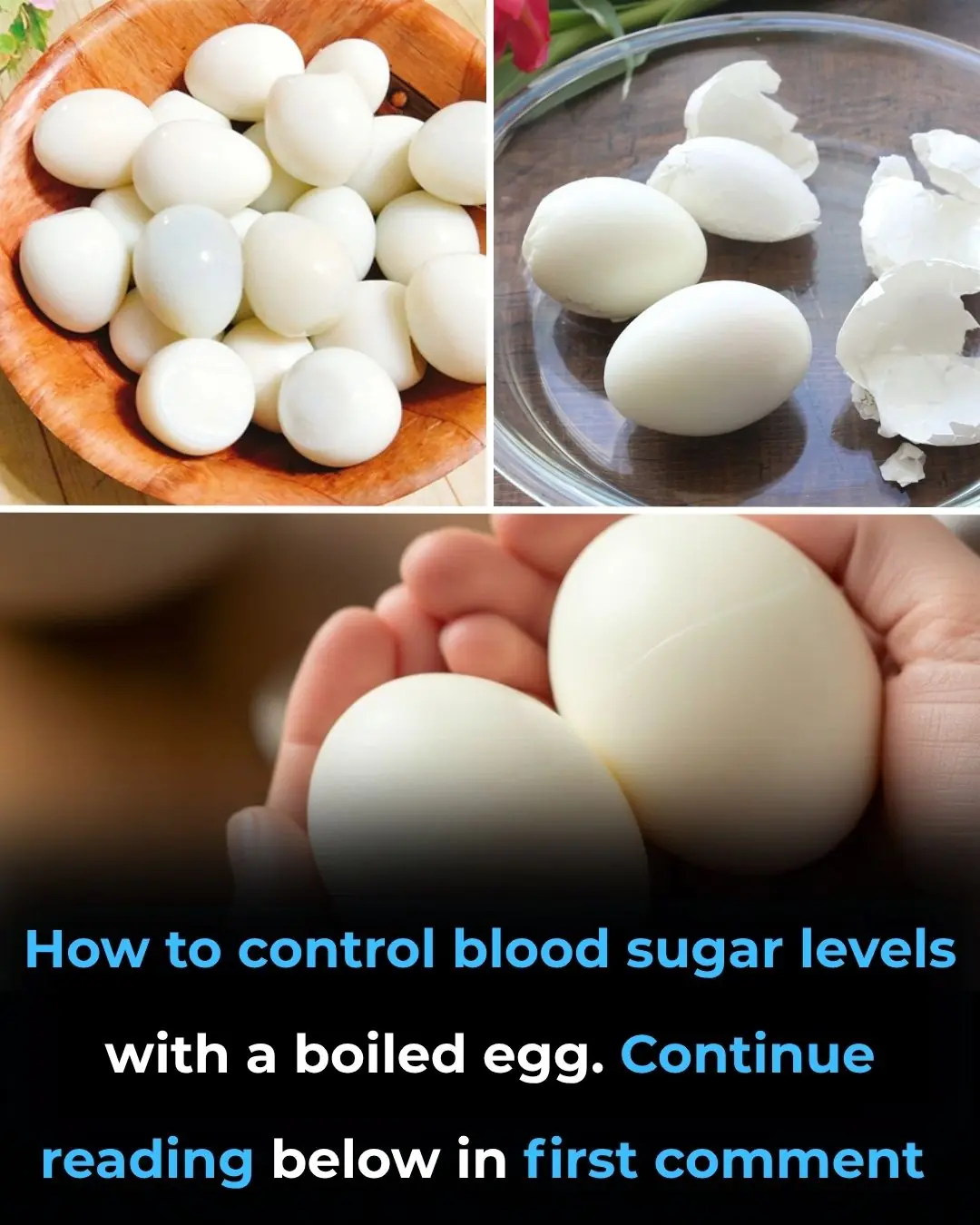
How to Control Blood Sugar Levels with a Boiled Egg

I started adding chia seeds to my breakfast every day — and within a week, I noticed some surprising changes

4 powerful vitamins that help protect you from cancer—start today!

What Happens When You Take 1 TBSP of Apple Cider Vinegar For 60 Days
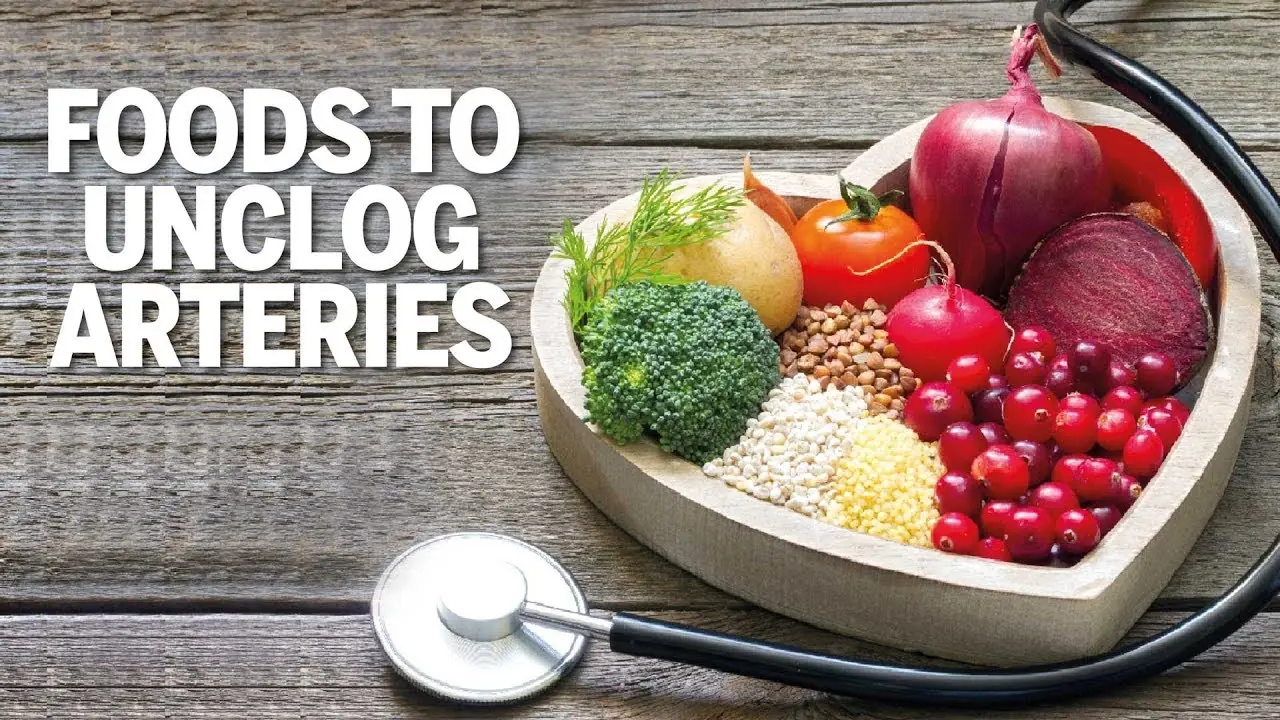
The #1 Food to Unclog Your Arteries Naturally
News Post

Can Onion Juice Gently Support Eye Health? A Natural Tip to Try

Bed Bugs Hate This! How Diatomaceous Earth and Cloves Can Wipe Them Out

These are the consequences of sleeping with the…

5 Common Foods That Often Contain Parasites — Many People Eat Them Daily

1 Vitamin Stops Calcium Buildup in Arteries and Heart
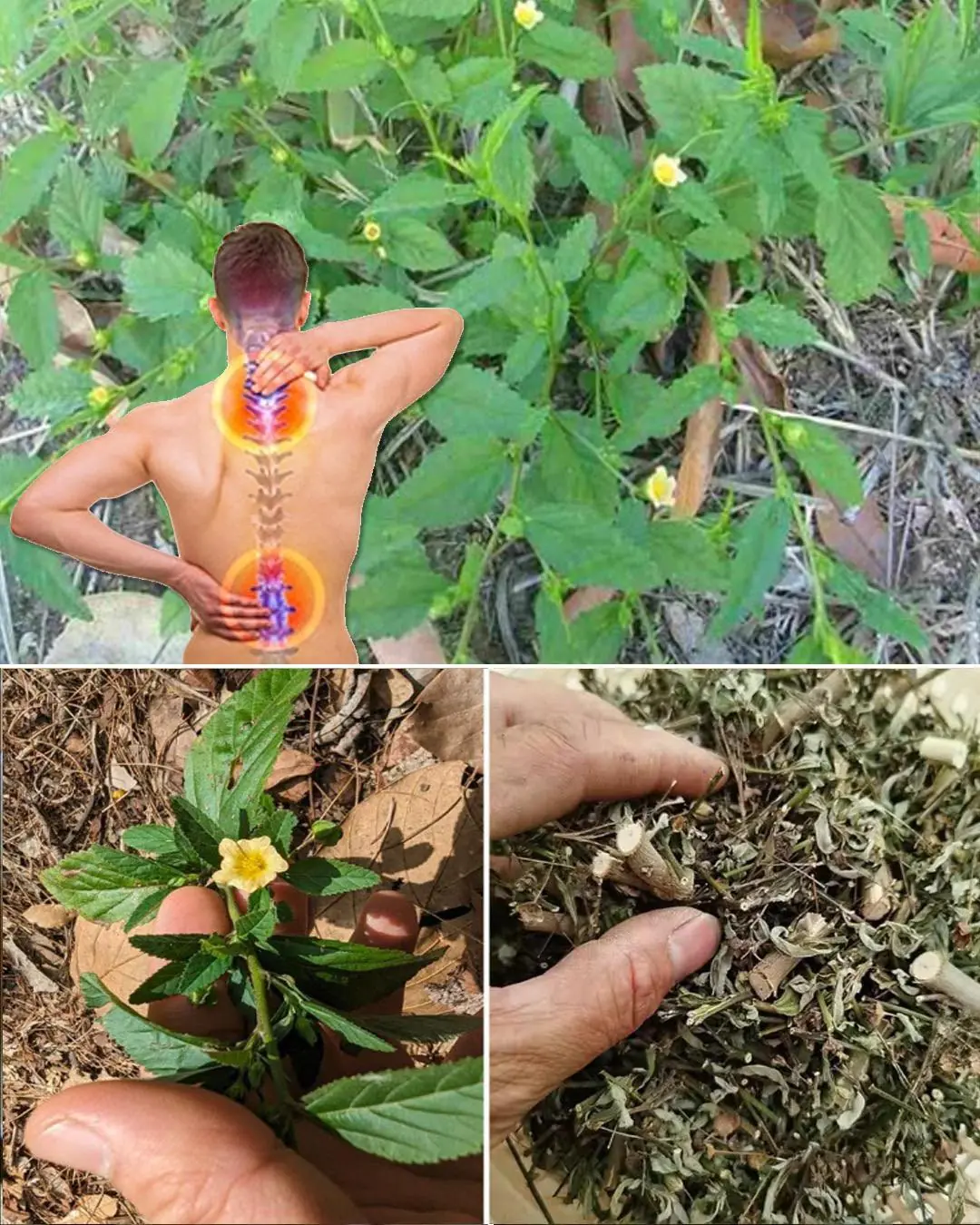
S:ida Acuta: Exploring the Healing Properties of this Herbal Remedy
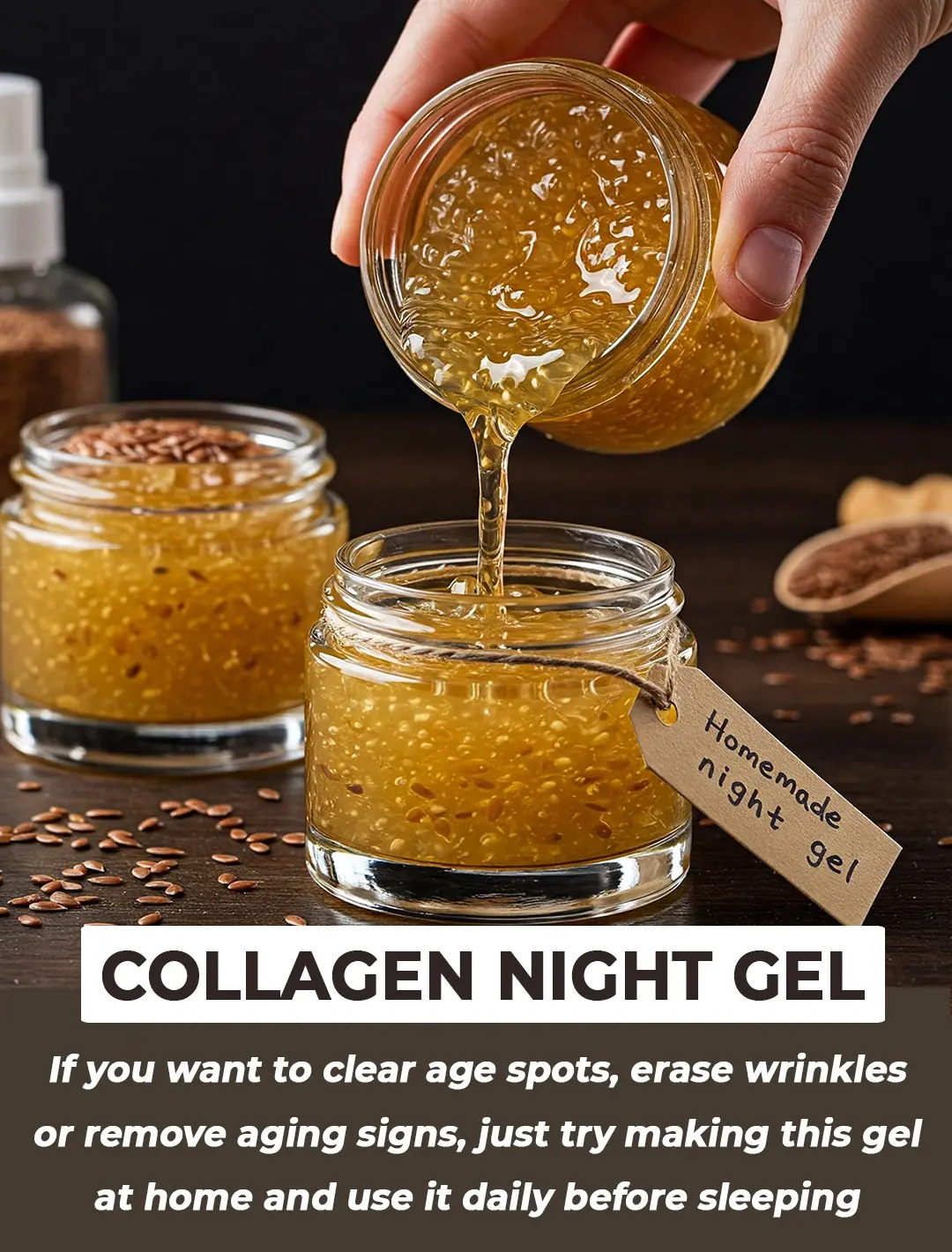
DIY Flaxseed Collagen Night Gel for Hydration and Rejuvenation
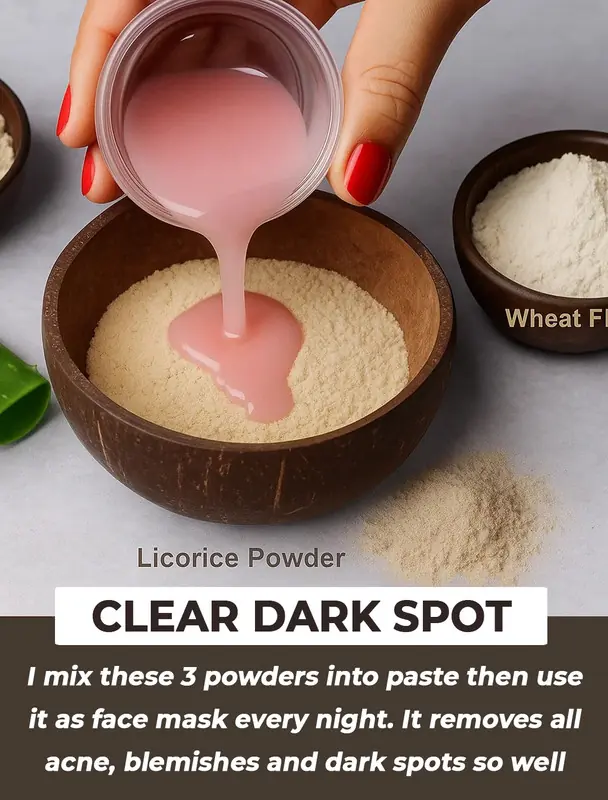
10-Day Licorice Treatment for Dark Spots: Fade Pigmentation and Achieve Glowing Skin Naturally

Easy Recipe to Make ABC Collagen Ice Cubes at Home: The Secret to Glowing, Firm Skin
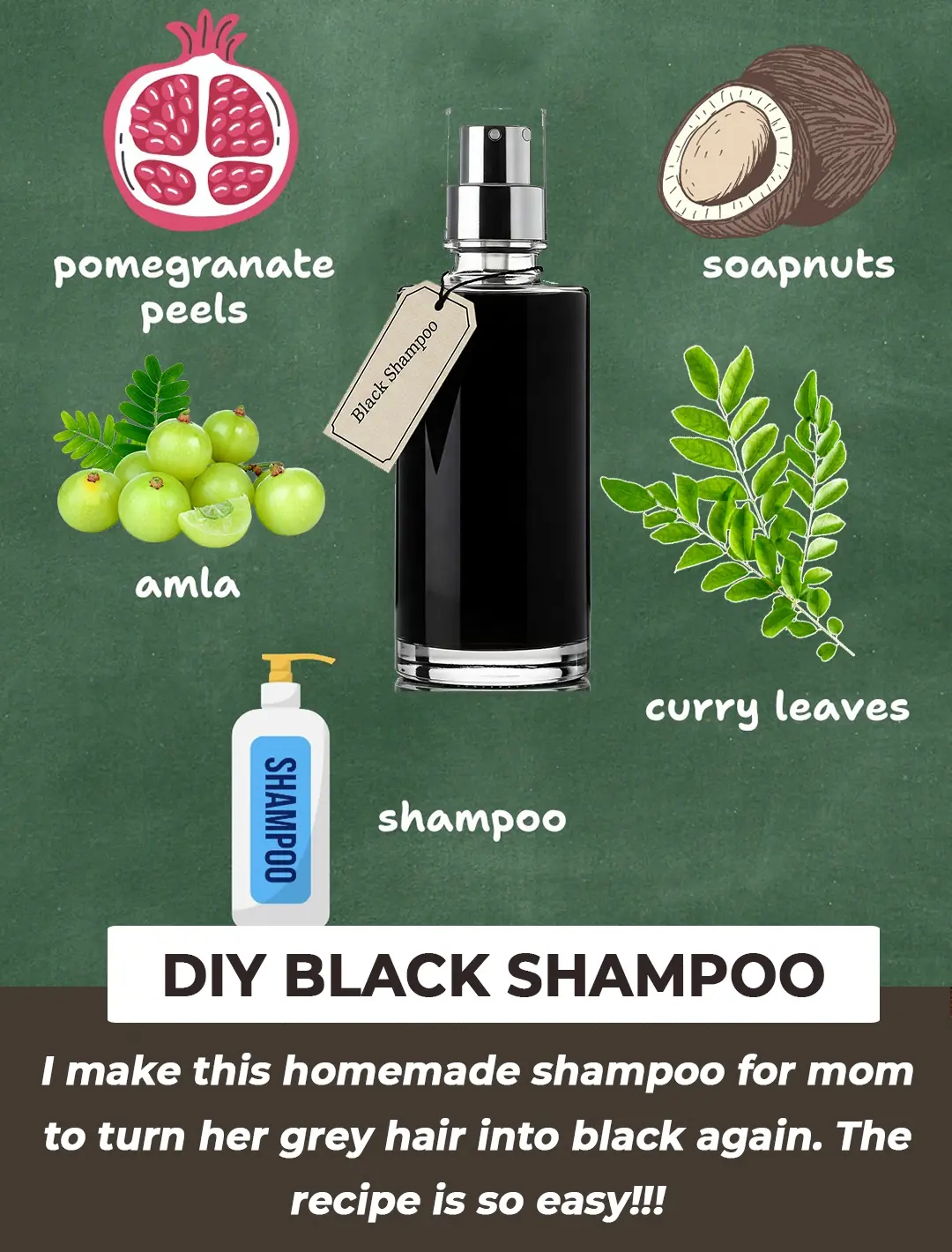
2 Mins Black Shampoo For Grey Hair

Why this doctor refuses to prescribe statins for high cholesterol

The 'divine' secret to frying

Why do we have to leave our phone face down on the table when we are not using it?

Hanging a towel on the door handle before bed: Unexpected benefits but few people know

Tips for conditioning your hair with over-cooked bamboo shoots
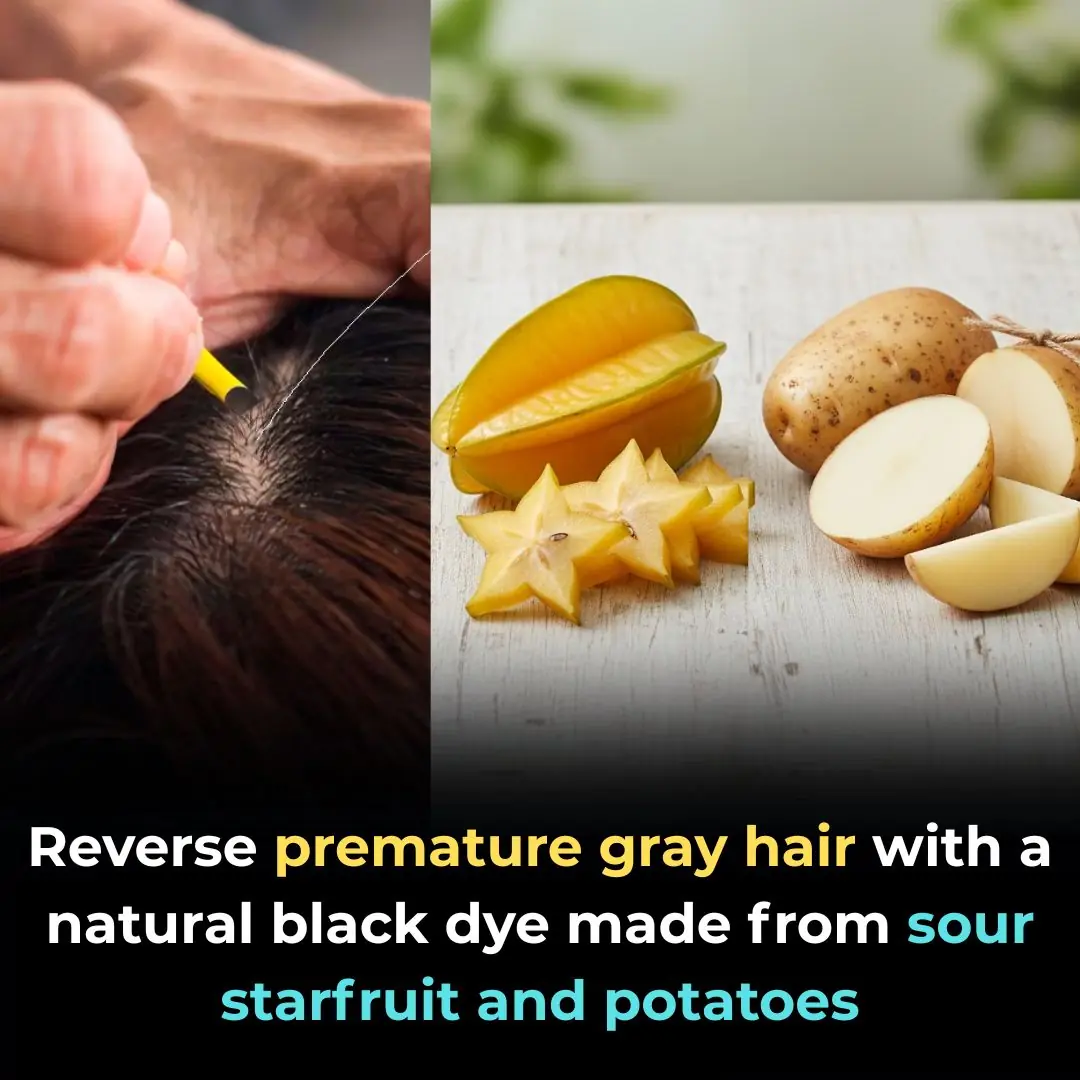
Treat premature gray hair thanks to the black dye formula

What Are These Strange Black Dots In Your Kitchen

Magic Eraser can be used for almost anything, but here's what you didn't know

Wrong understanding turns water purifiers into diseases, remove them immediately to avoid harming the whole family
